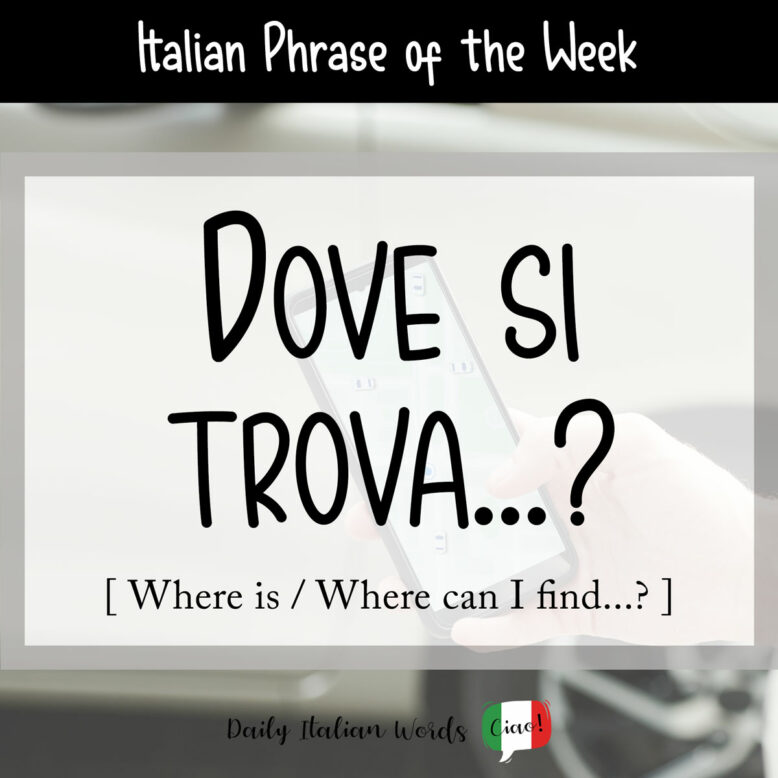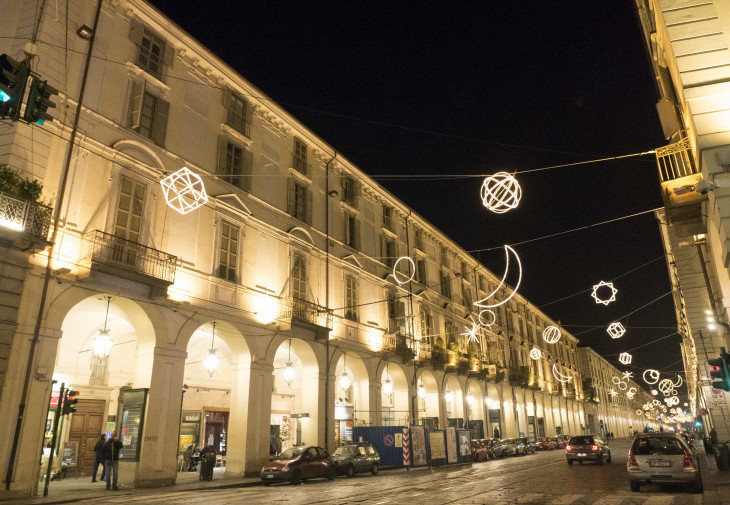If you are lost in the middle of an Italian city, a useful phrase to have in your arsenal is Dove si trova …? The literal translation is Where is … found? but it is the same as saying Where is …? or Where can I find …? in English.

Dove si trova la stazione? Devo prendere il treno per Napoli.
Where is the station? I have to take the train to Naples.
The plural form of Dove si trova …? is Dove si trovano …? (Where are … found?)
Dove si trovano i Murazzi? – Lungo il fiume Po.
Where are the Murazzi? – Along the river Po.

An alternative to this expression is Dove posso trovare …? which translates to Where can I find …? It essentially means the same thing as Dove si trova …? but by using posso (I can), you are making the phrase active rather than passive.
Dove posso trovare un buon ristorante in questa zona?
Where can I find a good restaurant in this area?
And if you cannot remember either of the above phrases, you can simply say Dov’è …? or Dove sono …? which mean Where is…? and Where are… ? respectively.
Dove sono le luci d’artista a Torino?
Where are the artist’s lights in Turin?

In you’re asking about a person’s whereabouts, you can use dov’è informally (for someone you know) or dove posso trovare for someone you don’t know.
Scusa, sai mica dov’è Antonio? – Credo sia uscito a prendere un caffè.
Excuse me, do you know where Antonio is? – I think he went out to get a coffee.
Mi scusi, dove posso trovare il signor Arcibaldo? – Secondo ufficio a sinistra.
Excuse me, where can I find Mr. Arcibaldo? – Second office on the left.
Technically you can also exclude posso (can I) and say dove si trova il signor Arcibaldo? (where is Mr. Archibald) but it can sound less cordial in a context where you don’t know the person. In that case, it would be better to ask about the location instead.
Mi scusi, dove si trova l’ufficio del Signor Arcibaldo?
Excuse me, where is Mr Arcibaldo’s office?
Heather Broster is a graduate with honours in linguistics from the University of Western Ontario. She is an aspiring polyglot, proficient in English and Italian, as well as Japanese, Welsh, and French to varying degrees of fluency. Originally from Toronto, Heather has resided in various countries, notably Italy for a period of six years. Her primary focus lies in the fields of language acquisition, education, and bilingual instruction.


